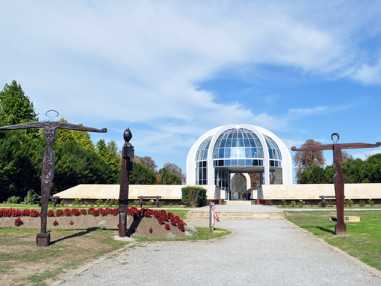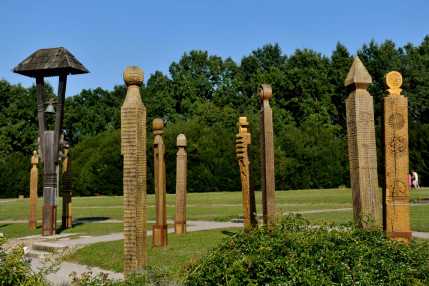The Battle of Mohács is the Symbol of Home Defence
Szöveg: Ferenc Antal | 2018. augusztus 29. 8:43In honour of the heroes fallen in the Battle of Mohács, pilgrims set off again walking and on horseback so that by following the former route of the Army of King Lajos II, they arrive on the Mohács battlefield by 29th of August.

Therefore, on the 490th anniversary of the battle, in 2016 this tradition was revived. “Thanks to this we had a friendly welcome in every station of the route, so I can safely say, that we are on the right track" – he added. In the Battle of Mohács, fought on 29th August, 1526, the 25 thousand strong Army of the Hungarian Kingdom was facing the armed forces of the Ottoman Empire numbering nearly 70 thousand troops. “From our historic battles, the Battle of Mohács – similar to the Pozsony Battle in 907 and the Nándorfehérvár Battle in 1456 – is crystal clear about home defence" – Lajos Négyesi pointed out, adding that in 1526 a significant number of enemy troops invaded the country, and the Hungarian Army did all that they could within their power.

Archive photos